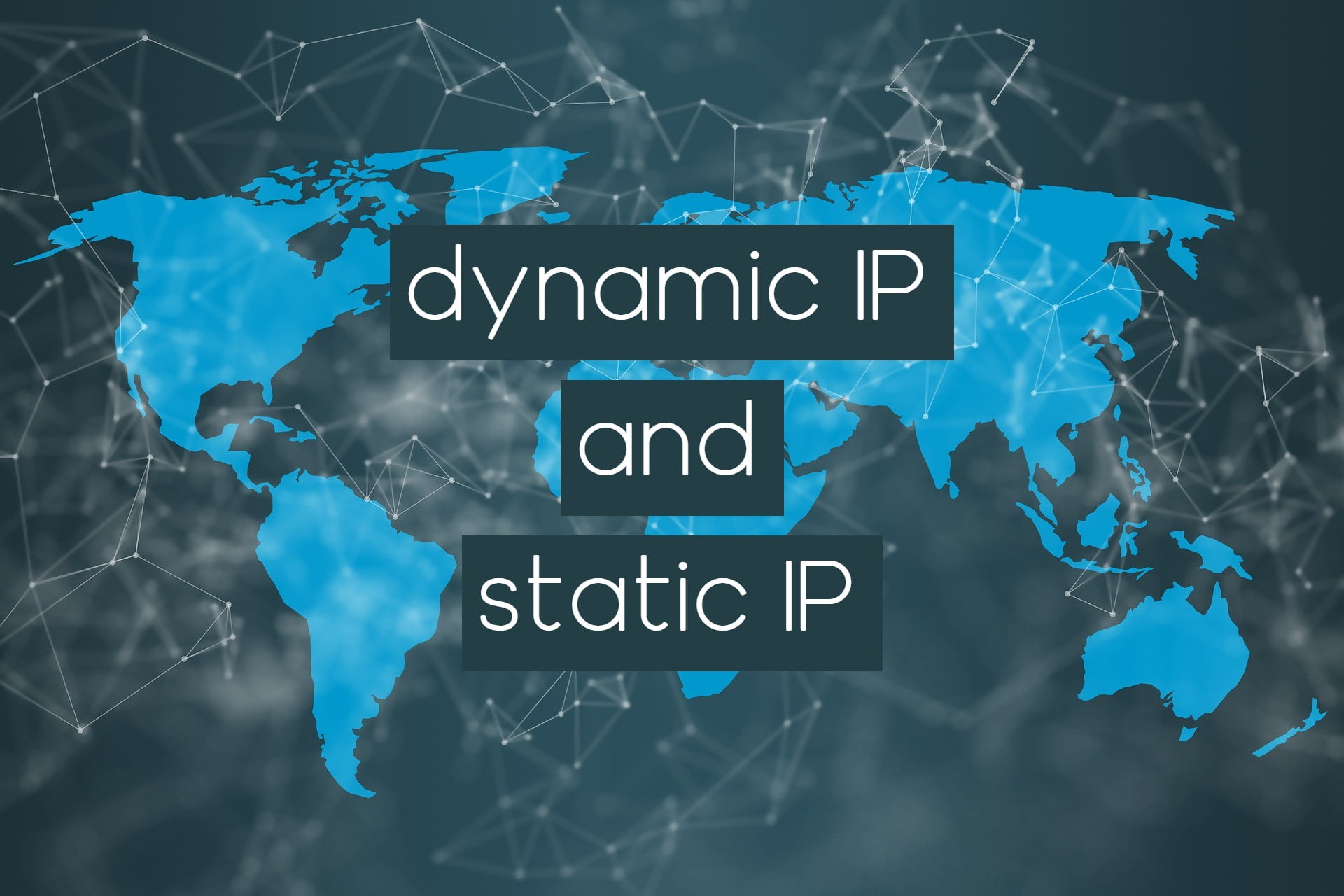
Both the static IP address and the dynamic IP address are used to identify a computer on a network or the internet. The static IP address is provided by the Internet Service Provider, and remains fixed until the system is connected to the network. The dynamic IP address is provided by DHCP, usually a company is given a single static IP address and then generates the dynamic IP address for its computers on the organization’s network.
As the nomenclature suggests, static IP addresses remain the same, while dynamic IP addresses constantly change. In this article, we will clarify the main differences between static IP vs dynamic IP.
What is IP address?
An Internet Protocol (IP) address is a unique numerical identifier, assigned to each device on a network to uniquely identify each connection. It encodes the network number and the number of host and routers connected to the network.
IPv4 addresses have 32 bits being used in the source and destination address of IP packets. An IP address is not necessarily referred to a host, but it does refer to a network interface, so if a user is on two networks, they must have two IP addresses.
Differences between static IP and dynamic IP
The difference between static and dynamic IP address is within the duration of the assigned IP address. A static IP address is a fixed IP address, manually assigned to a device for use over a long period of time.
On the other hand, the dynamic IP address often changes, whenever the user boots his machine, it is assigned automatically.
What is static IP address?
As the name suggests, static IP address is fixed in nature and does not change until manually changed by ISP or network administrator. Unlike the dynamic address, the static IP address does not change every time the user connects to the network or sends a message. It is usually assigned to servers, mail servers, etc.
Static IP addressing provides consistent and immediate access with negligible overhead as the associated IP address never changes. The benefit of using static IP is that it offers less downtime, unlike dynamic IP, which creates overhead when it is assigned to a device.
It also provides remote access, which means that a user can access their own computer from any location.
What is dynamic IP address?
Dynamic IP address is usually configured on devices that use the DHCP protocol , and it frequently acquires changes. Each time the user connects to the network, his dynamic IP changes.
The Dynamic Host Configuration Protocol (DHCP) server uses a system to track and look up IP address information that associates with active network elements. The tool used for translation is known as Domain Name Server (DNS).
DNS stores the IP address with the domain name, mapped to identify the proper location of the network element, and directs network traffic to the correct point. Both protocols, DHCP and DNS, are widely used when browsing the Internet.
When a user tries to connect to the network, DHCP provides a dynamic IP address for a period of time, and when the user types a URL into the browser ‘s address bar , the DNS server maps the domain to the IP address needed for data transmission on the web page.
Key differences between static and dynamic IP addresses
- Static IP is fixed, which means it cannot be changed until the user changes it himself. On the other hand, dynamic IP changes frequently, and each time the user connects to a network.
- Static IP is configured by the ISP (Internet Service Provider), while dynamic IP can be configured using DHCP.
- The associated risk of website hacking is high on the static IP address as it is always constant. In dynamic IP, this risk is low.
- When the device is configured with static IP address, it can be traced. Whereas in case of dynamic IP address device tracking is difficult as IP address is always changing.
Advantages and disadvantages
Dynamic IP
Benefits
- Dynamic IPs are more cost-effective than static IPs.
- They require less maintenance compared to static IPs.
- Dynamic IPs support reduced security implications.
Disadvantages
- Most dynamic IPs experience prolonged downtime.
- Geolocation services may have problems determining the precise location.
- Remote access is generally less secure, so companies with dynamic IP addresses often prefer face-to-face employee access to the server network.
static IP
Benefits
- A static IP address never changes, regardless of the device’s reset status.
- It’s easier for geolocation services to find your precise location.
- Less downtime compared to a dynamic IP.
Disadvantages
- Static IP represents potential security weaknesses as hackers will have enough time to attack the network.
- Static IP always costs significantly more than dynamic IP.
- Setting up a static IP is often more complex without the intervention of the ISP’s manual configuration assistance.
Conclusion
When comparing static and dynamic IP addresses, dynamic IP addresses are more reliable than static ones, as well as eliminating the time-consuming process of manual configuration.
They are also less susceptible to attacks as they change periodically, unlike static IP. But they are worse for using services that need precise geolocation, and also have more downtime, generally.


